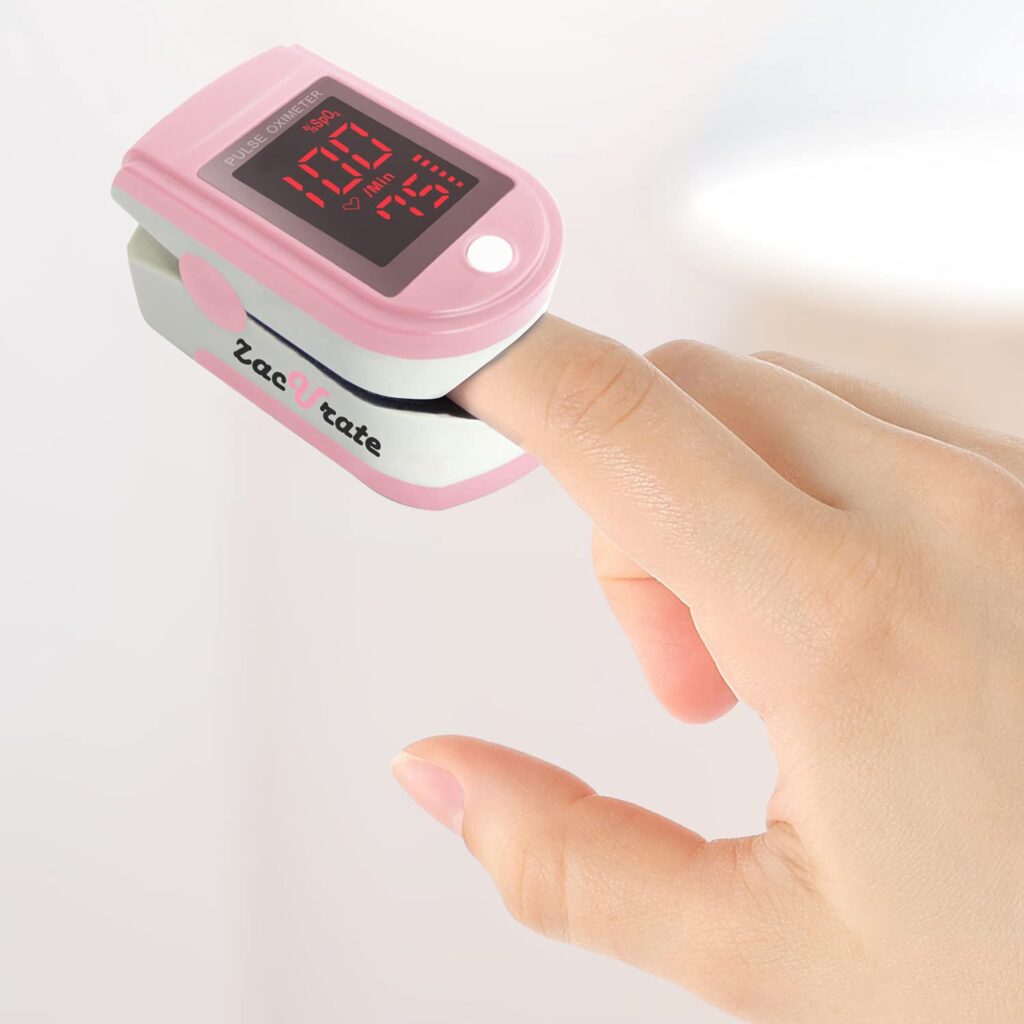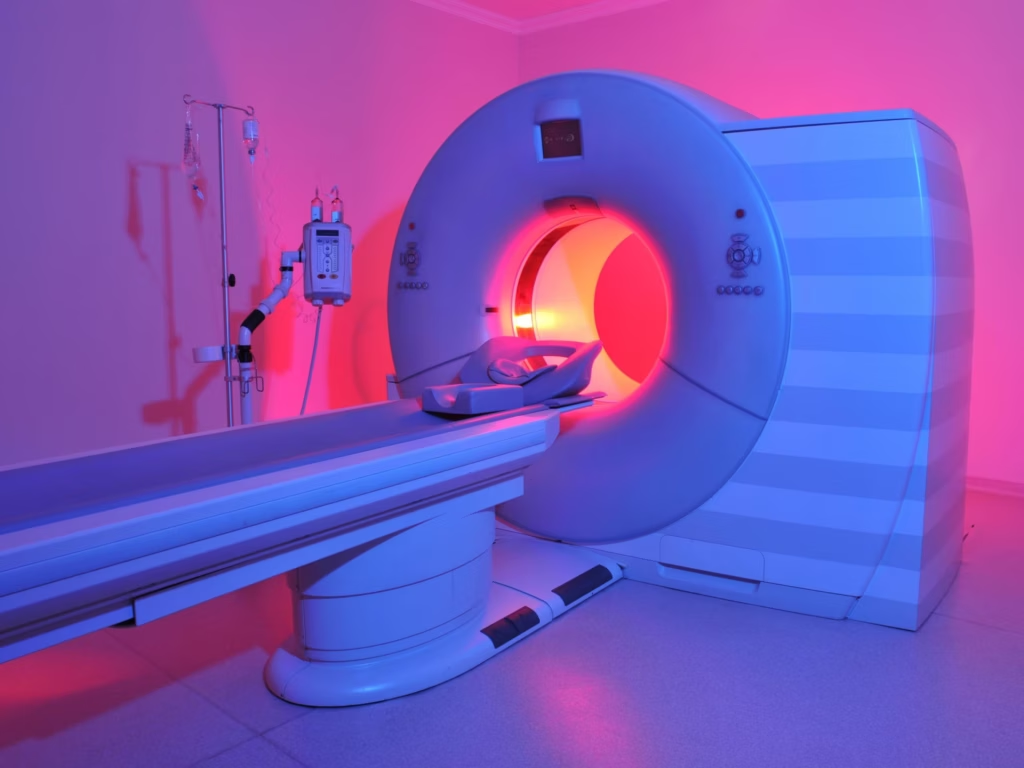As a makeup artist, I love seeing how beauty products can empower, comfort, and help people feel more like themselves—especially in vulnerable moments. But in certain medical settings, those very products can pose risks. If you’ve ever been told to show up to surgery or a procedure “bare-faced and bare-nailed,” you might have wondered: Why does it matter? Let’s talk about it.

💄 Makeup and Medical Monitoring
Makeup—especially foundation, concealer, or heavy powders—can interfere with how a medical team monitors your condition. For example:
Eye makeup poses a particular risk—especially mascara, which can flake into the eye and cause irritation or infection when you’re under anesthesia.
Skin tone and pallor changes can alert doctors to things like oxygen deprivation or blood loss. A full face of makeup might mask these signs.
Oxygen sensors placed on the skin or under the nose may not function properly if there’s product residue nearby.
💅 Nail Polish and Pulse Oximeters
Ever wonder why clear nails are requested before surgery? It’s not just a cosmetic preference. Nail polish, gel nails, and acrylics can:
- Block pulse oximeters, those little clips that go on your finger to measure oxygen levels in your blood.
- Hide signs of poor circulation, which are sometimes visible in nail beds.
Clear or natural nails allow medical professionals to monitor subtle but critical changes in your condition.


👁️ Magnetic Lashes and MRI Machines
Magnetic lashes might seem like a safer alternative to lash glue—but they’re definitely not hospital-friendly. Here’s why:
Even during non-MRI procedures, metal around the eyes is a risk—especially if unexpected imaging becomes necessary.
MRI machines are magnetic. Any metal on or in your body—yes, even tiny lash magnets—can become a hazard.
Magnets can interfere with imaging, distorting the results or compromising the safety of the scan.
Beyond monitoring concerns, makeup and false lashes can increase infection risks. In sterile environments, even the smallest particles or bacteria from a product can pose a problem.
What to Do Instead
If you’re heading in for a procedure and want to maintain some sense of “you,” consider these gentle alternatives:
- A tinted lip balm or fragrance-free moisturizer (check with your care team first).
- Keeping brows groomed or lashes curled naturally.
- Asking if you can apply a bit of product after the procedure, once it’s safe.
At the end of the day, the no-makeup rule isn’t about vanity. It’s about visibility, safety, and giving your medical team every advantage to take care of you well. There’s beauty in that, too.
